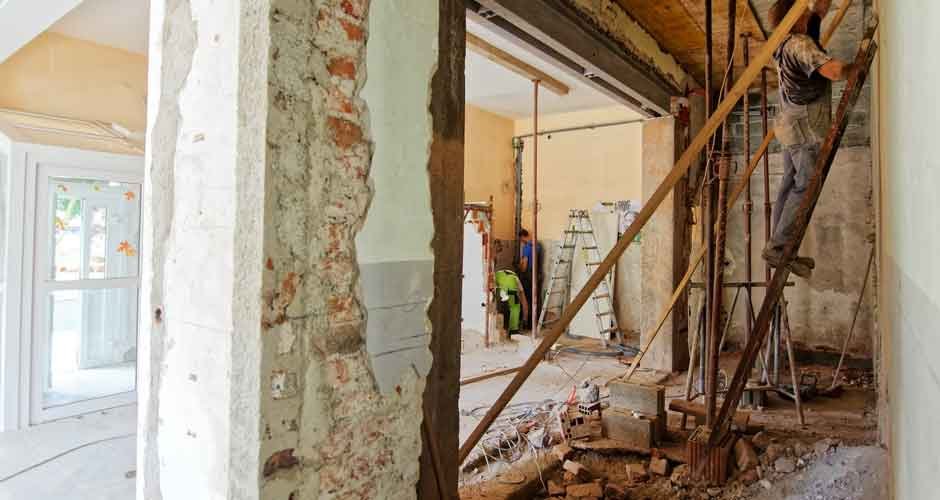Homes and properties may be severely damaged by water damage, which can be a disruptive and catastrophic force. Whether the damage is the result of a burst pipe, floods, or a leaking roof, it is imperative to act quickly and effectively to contain the damage. To guarantee comprehensive cleanliness and repair, the water damage restoration procedure entails several crucial phases. The following five actions are crucial for restoring water damage:
1. Assessment and Inspection
Any water damage repair method must begin with a careful evaluation and investigation of the damaged region. Experts in their field begin by pinpointing the exact cause of the water damage, assessing the degree of damage, and classifying the water’s contamination level. These professionals carefully evaluate the building’s structural integrity in addition to its outward appearance, formulating a methodical repair strategy. This initial phase lays the groundwork for the rest of the restoration procedure, directing later steps with accuracy to suit the particular requirements of the given case.
2. Water Extraction
It is imperative that water be extracted as soon as possible since it is critical to limiting the chance of mold growth and preventing more damage. Professionals quickly eliminate excess water from the damaged area by using strong pumps and vacuums. This reduces the risk of structural damage and takes care of secondary problems like mold and mildew. In addition, timely water extraction may need removing things that cannot be repaired, such as walls or carpets. This comprehensive water removal procedure is an essential first step that paves the way for the drying and repair processes that come next.
3. Drying and Dehumidification
Thorough drying and dehumidification are necessary after the water extraction stage in order to remove any residual moisture that might cause mold development and other long-term problems. High-speed air movers and industrial-grade dehumidifiers are placed in key locations to speed up the drying process. Experts use sophisticated equipment and close observation of humidity levels to guarantee that all surfaces—including those that are hidden from view—are sufficiently dried. This crucial action is necessary to stop more damage, provide a dry climate that is helpful for repair, and protect the property from future problems.
4. Cleaning and Sanitizing
Since pollutants are frequently introduced into the affected area by water damage, thorough sanitation, and cleaning are essential steps in the repair process. Professionals with the necessary skills use specific cleaning solutions made to eradicate and disinfect germs, fungus, and other possible health risks. In addition to ensuring a secure and healthy atmosphere, this thorough cleaning stops the spread of pollutants and helps avoid offensive smells. The significance of this stage is highlighted in situations when sewage or polluted water sources are involved in the water damage, highlighting the vital role that sanitation and cleaning play in restoring the damaged space’s safety as well as its livability.
5. Restoration and Repairs
The reconstruction and repair of the affected area is the last and most thorough phase in the water damage restoration process. This stage includes a wide range of tasks, such as repairing any damaged buildings, swapping out materials, and taking care of any unsightly problems. Restoring the area to its pre-damaged state is the ultimate objective of restoration work, guaranteeing both use and beauty. The goal of this stage is to restore the property to its original state, which may entail substantial reconstruction or small repairs depending on the extent of the water damage. Professionals like commercial water damage restoration companies restore the property back to life via this painstaking restoration and repair procedure, enabling residents to return to their regular schedules with the knowledge that the area is both aesthetically pleasing and structurally sound.
Conclusion
Water damage repair is a complex procedure that has to be handled quickly and expertly. Property owners may lessen the effects of water damage and return their residences or places of business to a safe and livable state by adhering to these five crucial steps: evaluation and inspection, extraction of water, drying, and dehydration, cleaning and sanitizing, restoration, and repairs. To ensure a comprehensive and successful restoration procedure, it is imperative to seek the aid of expert water damage repair professionals at every stage of the process.


